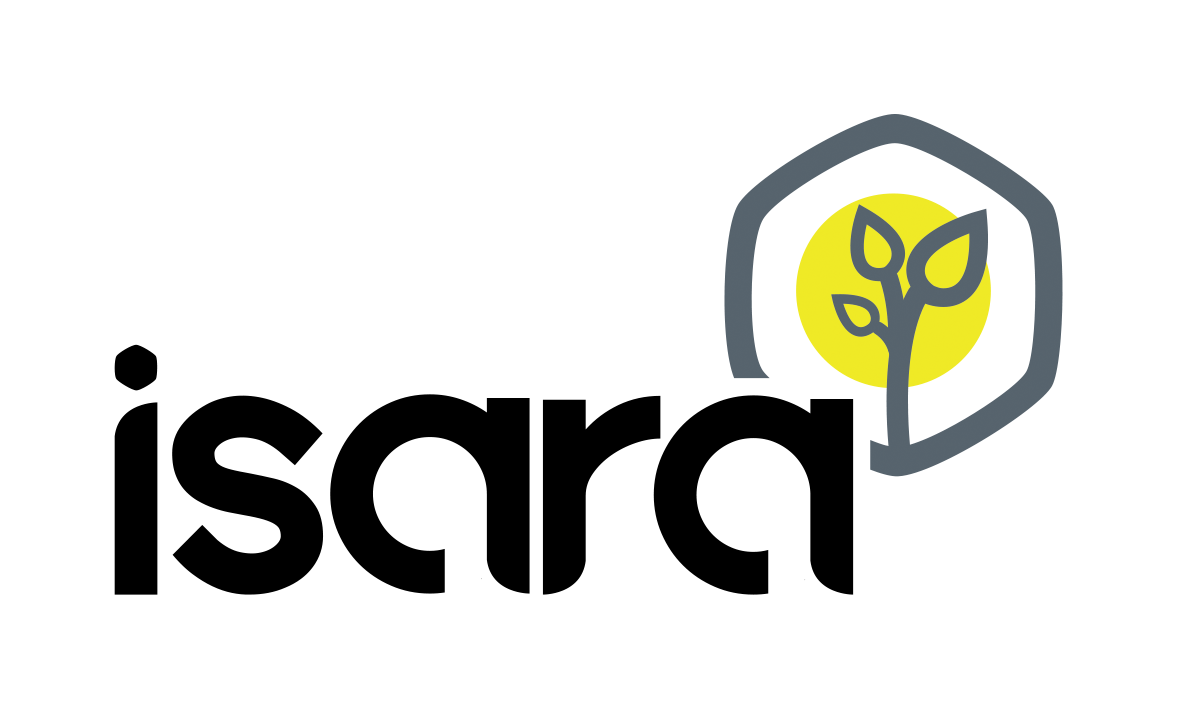Earthworm abundance response to conservation agriculture practices in organic arable farming under Mediterranean climate
Résumé
Earthworms are one of the most important soil macrofaunal groups, and they play a major role in agricultural ecosystems. Agricultural practices, such as reduced tillage, the use of green manures and organic fertilization, can be beneficial for earthworm populations in agricultural systems. However, under a Mediterranean climate, not much is known regarding their response to agricultural management. The aim of this study was to analyse the effects of tillage type, organic fertilization, and green manures on the density and biomass of earthworms in organic arable dryland. The trial was conducted in a four-year crop rotation with a complete factorial design that combined tillage system (mouldboard ploughing vs. chisel), fertilization (composted farmyard manure vs. no fertilizer) and green manures (green manures vs. no green manures). Earthworms were assessed in each plot by the extraction of all individuals in three soil areas of 33 cm × 33 cm that were excavated to a depth of 25 cm. Only five earthworm species were found in this trial, and the earthworm community was dominated by such endogeic ecotypes as Aporrectodea rosea and Allolobophora georgii, and the anecic ecotype Aporrectodea trapezoides. Endogeic species can benefit from soil inversion because of the incorporation of organic matter, but the anecic ones can be negatively affected by it. The results show that plots with farmyard manure had higher density and biomass of earthworms. We observed that the type of tillage significantly affected earthworm populations: plots that had been ploughed with mouldboard ploughing (soil inversion) the year prior to sampling presented more juveniles. The biomass of earthworms was significantly lower in plots with green manures and chiselling. Our results indicated that the combination of chiselling and green manures were not optimal for earthworm populations, but organic fertilization played a considerably more important role and enhanced their abundances.
Domaines
Agronomie
Fichier principal
 Earthworm-abundance-response-to-conservation-agriculture-practices.pdf (328.81 Ko)
Télécharger le fichier
Earthworm-abundance-response-to-conservation-agriculture-practices.pdf (328.81 Ko)
Télécharger le fichier
Origine : Fichiers éditeurs autorisés sur une archive ouverte


